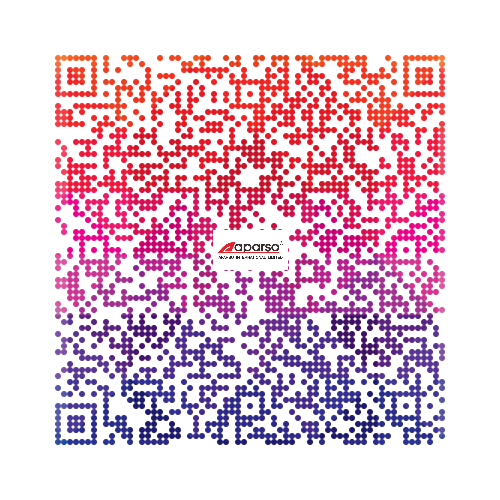RECYCLE-TEX

RECYCLE FIBER’S FEATURES
Soft, smooth, cool, breathable, and antistatic, these fabrics offer a brilliant stain-resistant effect while effectively locking in moisture. They exhibit excellent moisture permeability, allowing for a comfortable wear experience. Perfect for athletic environments, these fabrics breathe well, ensuring optimal performance and comfort.
Low-carbon energy & natural, non-toxic materials yield eco-friendly, recyclable fabrics.
1.RPET fabric
RPET fabric is a new type of environmentally friendly recycled fabric, full Recycled PET Fabric (recycled polyester fabric). The raw material is from recycled bottles by goods seized separation - sliced - spinning, cooling set silk yarn made of RPET, commonly known as Coke bottle green cloth. The fabric is recyclable, you can save energy, oil consumption and reduce carbon dioxide emissions, every pound of recycled RPET fabric, you can save 61000BTU energy, the equivalent of 21 pounds of carbon dioxide. Fabric dyeing and environmental protection through environmental protection coating, calendering, too, are available through MTL, SGS, ITS and other international standards for testing, including phthalates (6P), formaldehyde, lead (Pb), polycyclic aromatic hydrocarbons, azelaic Kiefen other environmental indicators have reached the latest European environmental standards and the latest U.S. environmental standards.

2.Organic Cotton
Organic cotton is produced through natural farming practices that prioritize organic fertilizers, biological pest management, and the avoidance of chemicals, ensuring a completely natural and pollution-free process from seed to harvest. Each country and international organizations like the WTO/FAO have established "agricultural product safety and quality standards" to regulate cotton production, setting limits for pesticides, heavy metals, nitrates, harmful organisms, and other toxic substances. Organic cotton products that meet these standards receive certification, guaranteeing their safety and purity.
3.Colored Cotton
Colored cotton, a novel fiber variety, boasts a natural hue, cultivated through modern bioengineering techniques. This unique textile material combines the softness, breathability, flexibility, and comfort of traditional cotton with an elevated level of ecological friendliness, earning it the international recognition of 'zero pollution.' Maintaining its natural character throughout organic cultivation and textile processing, it resists staining from chemical synthetic dyes, necessitating only natural vegetable dyes for its vibrant hues. The natural dyeing process expands its color palette, catering to diverse aesthetic preferences. Experts anticipate that by the early 2000s, browns and greens will dominate fashion hues, reflecting a trend towards ecology, nature, leisure, and fashion. Beyond these shades, the realm of colored cotton clothing is steadily expanding into blues, purples, grays, and various shades of red and brown, offering a diverse array of stylish options.
4.Soybean fiber
Soybean protein fiber is a biodegradable, renewable plant-based protein fiber that combines the best qualities of natural fibers with those of chemical fibers. The fabric resembles cashmere in texture, silk in sheen, and cotton in breathability and warmth, offering skin-friendly comfort. Both domestic and foreign experts have hailed it as the "21st Century Health Comfort Fiber." Similar to silk, soybean protein fibers drape well and have a delicate surface texture, making them ideal for high-end shirt fabrics. Furthermore, they contain essential amino acids, making them suitable for daily wear. China is the world's third-largest producer of organic cotton, trailing only Turkey and India, with Xinjiang as a major production hub. Organic cotton farming prohibits or minimizes the use of chemical pesticides and other synthetic products, relying primarily on organic fertilizers and biological pest control methods to produce all-natural, pollution-free agricultural products. Organic cotton fabrics are typically 50% more expensive than traditional cotton fabrics for clothing.
5.Hemp fiber
Hemp fibers, extracted from the plant's cortex and leaves, belong to the bast fiber category. Bast fiber crops like hemp, flax, ramie, and jute have fibers similar to cotton in thickness and length. Hemp fiber is particularly strong, exceeding cotton's strength, but is less elastic, making it more brittle. Its smooth surface promotes moisture absorption and dispersion.
Modal is also a common environmental fabric, commonly used in high-end underwear. Modal fiber is beech wood as a raw material Lyocell (Lai Seer) fibers, natural, biodegradable, gorgeous set of natural fabrics and synthetic textures practicality in one, soft, shiny as silk, smooth, moisture, breathable performance are better than cotton, bamboo fiber fabric more off than both dyed color after repeated washing still full and bright. According Shaoxing Jin Yue said, Modal fabric imports at $ 7.04 per kg more than the price, while Taiwan modal only $ 4.23 or so, nearly half of the difference.
6.Organic wool
Organic wool produced without chemicals and GMO farms. These sheep stocking, fully grown in nature so that the wool industry has therefore become an exciting new topic in recent months, the market for organic wool surge of interest.
7.Viscose (logs Tencel)
A sport-type environmentally friendly fabrics, because of their special molecular structure of nano-thread, just like fabric surface air circulation pipeline, to ensure adequate circulation of oxygen, lock in moisture, therefore, have a very good effect of humidity. Experts have pointed out that the fabric, this fabric has superior antistatic properties, does not produce the feeling attached to the body, which is very smooth, especially for sports wear. Most of its moisture content of human skin physiological requirements, have good air permeability and humidity function, is consistent with international media called the "breath of fabric." Its fabric has a soft, smooth, cool, breathable, antistatic, stain brilliant advantages.
Address: 19F, Wuyi Center, 33 Dongjie,
Gulou District, Fuzhou, Fujian, P.R.China
Post Code: 350001
Tel: 86-591-88520189
Email: service@aparso.com
Mobile Site

Scan to Explore

